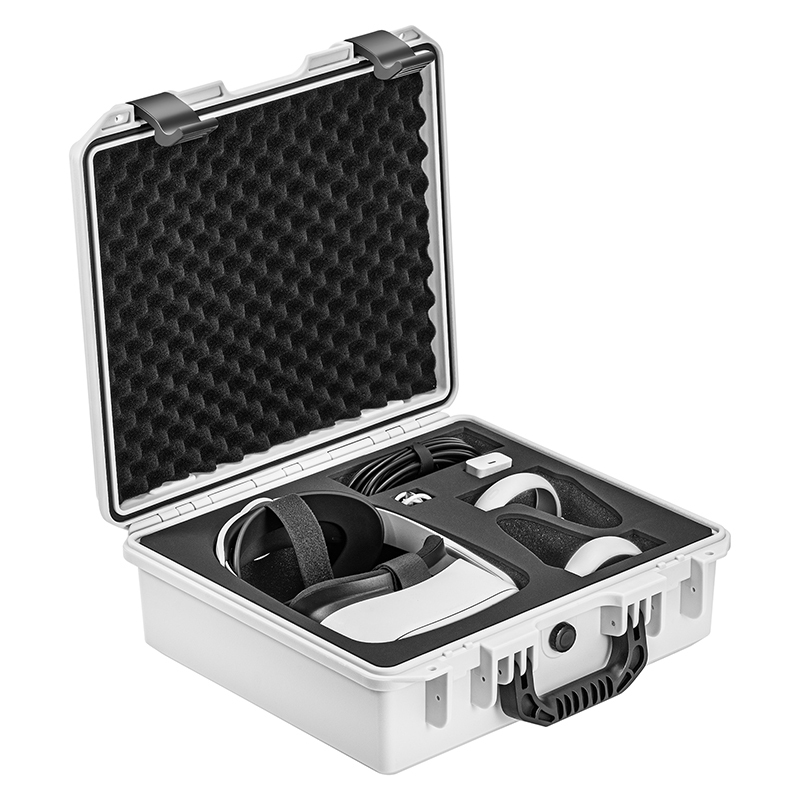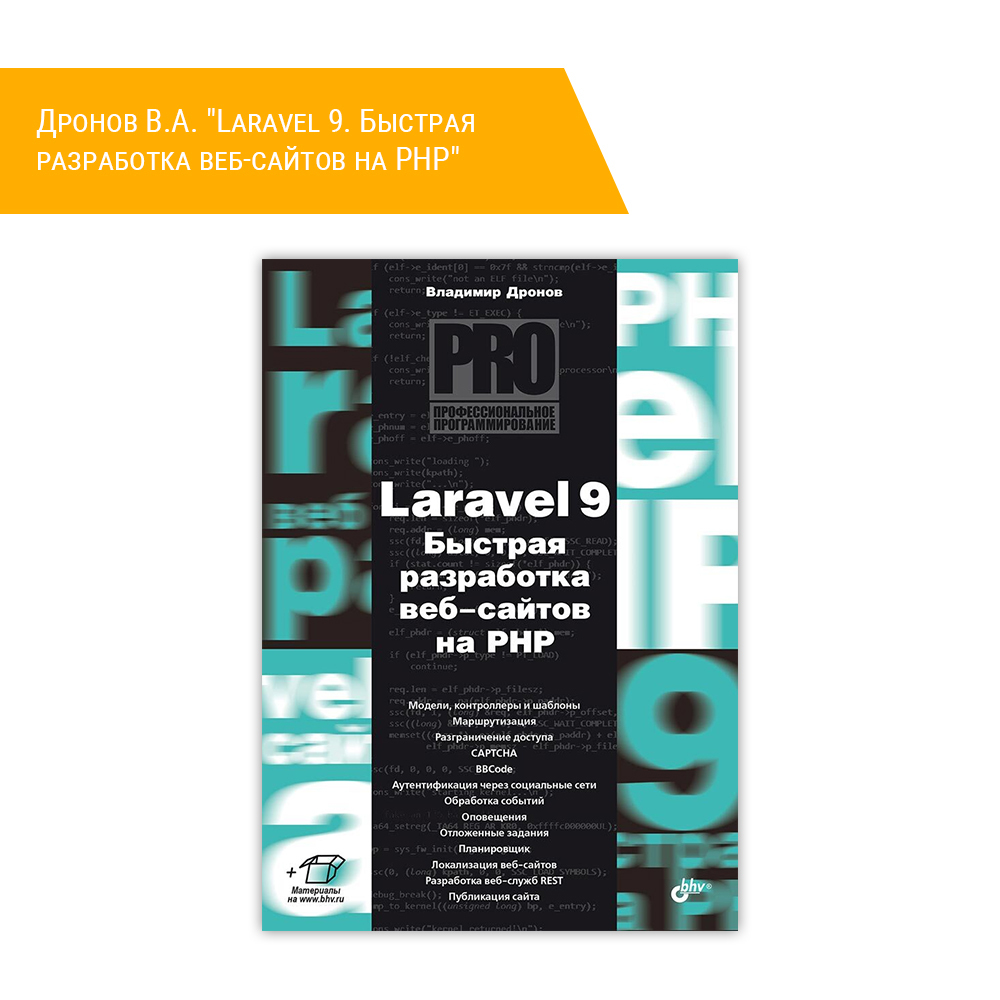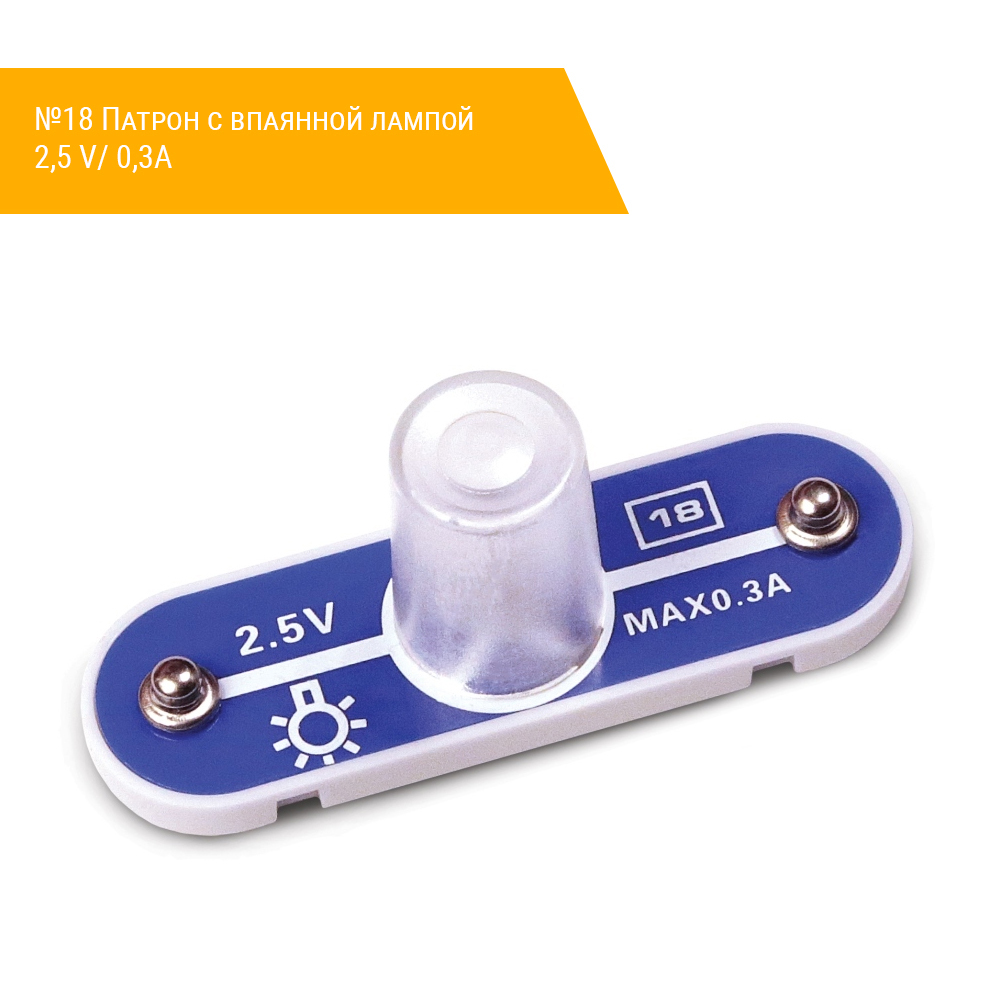Установка OpenBSD - не самый популярный вопрос в русскоязычной литературе, хотя ничего "сверхъестественного" в нем нет. Сам процесс занимает около 7 минут, а его наиболее сложной и опасной частью является разбиение жесткого диска (особенно, если OpenBSD - не единственная установленная на нем ОС).
Дистрибутив OpenBSD можно получить с сайта проекта, приобрести в виде готовых дисков (например, в магазине ЛинуксЦентра) или же производить инсталляцию по FTP/HTTP. Все дальнейшее рассмотрение производится на примере OpenBSD 3.2.
Прежде всего, необходимо собрать данные, которые потребуются в процессе установки. Сюда входит: имя машины, названия всех устройств, драйвера к ним, сетевые параметры (DNS, Domain Name, IP,Gateway). Для начала процесса инсталляции загрузитесь с первого дистрибутивного диска. На экране появятся следующие сообщения:
rootdev=0x1100 rrootdev=0x2f00 rawdev=0x2f02 erase ^?, werase ^W, kill ^U, intr ^C, status ^T (I)nstall, (U)pgrade or (S)hell? I
Для установки новой системы выберите Install. В ответ будет выведено приветствие:
Welcome to the OpenBSD/i386 3.2 install program. This program will help you install OpenBSD in a simple and rational way. At any prompt except password prompts you can run a shell command by typing '!foo', or escape to a shell by typing '!'. Default answers are shown in []'s and are selected by pressing RETURN. At any time you can exit this program by pressing Control-C and then RETURN, but quitting during an install can leave your system in an inconsistent state. Specify terminal type: [vt220] Do you wish to select a keyboard encoding table? [n] ENTER
Просто нажмите "Enter".
IS YOUR DATA BACKED UP? As with anything that modifies disk contents, this program can cause SIGNIFICANT data loss. It is often helpful to have the installation notes handy. For complex disk configurations, relevant disk hardware manuals and a calculator are useful. Proceed with install? [n] y
Введите "y". Здесь наступает самый ответственный момент. На экране появляется следующий текст:
Cool! Let's get to it... You will now initialize the disk(s) that OpenBSD will use. To enable all available security features you should configure the disk(s) to allow the creation of separate filesystems for /, /tmp, /var, /usr, and /home. Available disks are: wd0. Which one is the root disk? (or done) [wd0] Enter
Выберите диск, на который будет записана загрузочная информация (wd0 – первый, wd1-второй и т.д.). В случае, если в системе установлен всего один HDD, моэно принять значения по умолчанию, нажав "Enter".
Do you want to use *all* of wd0 for OpenBSD? [no] Enter
Ответьте на это предложение отказом, если только не хотите, чтобы OpenBSD заняла собой весь диск. После этого Вам будет предложено выделить для системы несколько разделов
You will now create a single MBR partition to contain your OpenBSD data. This
partition must have an id of 'A6'; must *NOT* overlap other partitions; and
must be marked as the only active partition.
The 'manual' command describes all the fdisk commands in detail.
Disk: wd0 geometry: 2586/240/63 [39100320 Sectors]
Offset: 0 Signature: 0xAA55
Starting Ending LBA Info:
#: id C H S - C H S [ start: size ]
------------------------------------------------------------------------
*0: 06 0 1 1 - 202 239 63 [ 63: 3069297 ] DOS > 32MB
1: 00 0 0 0 - 0 0 0 [ 0: 0 ] unused
2: 00 0 0 0 - 0 0 0 [ 0: 0 ] unused
3: 00 0 0 0 - 0 0 0 [ 0: 0 ] unused
Enter 'help' for information
fdisk: 1> help
help Command help list
manual Show entire OpenBSD man page for fdisk
reinit Re-initialize loaded MBR (to defaults)
setpid Set the identifier of a given table entry
disk Edit current drive stats
edit Edit given table entry
flag Flag given table entry as bootable
update Update machine code in loaded MBR
select Select extended partition table entry MBR
print Print loaded MBR partition table
write Write loaded MBR to disk
exit Exit edit of current MBR, without saving changes
quit Quit edit of current MBR, saving current changes
abort Abort program without saving current changes
fdisk: 1>
Разбиение диска необходимо проводить очень внимательно! Иначе Вы рискуете полностью потерять сохраненную на диске информацию. Отменить сделанные в fdisk изменения нельзя. Можно лишь выйти из программы установки и начать установку заново. Просто перезагружаться не стоит – другой редактор разделов не увидит изменений, но загрузить старую ОС не удастся.
Сформируем раздел под систему:
fdisk: 1> e 1
Starting Ending LBA Info:
#: id C H S - C H S [ start: size ]
------------------------------------------------------------------------
1: 00 0 0 0 - 0 0 0 [ 0: 0 ] unused
Partition id ('0' to disable) [0 - FF]: [0] (? for help) a6
Do you wish to edit in CHS mode? [n] y
BIOS Starting cylinder [0 - 2585]: [0] 203
BIOS Starting head [0 - 239]: [0] Enter
BIOS Starting sector [1 - 63]: [0] 1
BIOS Ending cylinder [0 - 2585]: [0] 2585
BIOS Ending head [0 - 239]: [0] 239
BIOS Ending sector [1 - 63]: [0] 63
fdisk:*1> p
Disk: wd0 geometry: 2586/240/63 [39100320 Sectors]
Offset: 0 Signature: 0xAA55
Starting Ending LBA Info:
#: id C H S - C H S [ start: size ]
------------------------------------------------------------------------
*0: 06 0 1 1 - 202 239 63 [ 63: 3069297 ] DOS > 32MB
1: A6 203 0 1 - 2585 239 63 [ 3069360: 36030960 ] OpenBSD
2: 00 0 0 0 - 0 0 0 [ 0: 0 ] unused
3: 00 0 0 0 - 0 0 0 [ 0: 0 ] unused
fdisk:*1> p m
Disk: wd0 geometry: 2586/240/63 [19092 Megabytes]
Offset: 0 Signature: 0xAA55
Starting Ending LBA Info:
#: id C H S - C H S [ start: size ]
------------------------------------------------------------------------
*0: 06 0 1 1 - 202 239 63 [ 63: 1499M] DOS > 32MB
1: A6 203 0 1 - 2585 239 63 [ 3069360: 17593M] OpenBSD
2: 00 0 0 0 - 0 0 0 [ 0: 0M] unused
3: 00 0 0 0 - 0 0 0 [ 0: 0M] unused
fdisk:*1>
fdisk:*1> f 1
Partition 1 marked active.
fdisk:*1> p
Disk: wd0 geometry: 2586/240/63 [39100320 Sectors]
Offset: 0 Signature: 0xAA55
Starting Ending LBA Info:
#: id C H S - C H S [ start: size ]
------------------------------------------------------------------------
0: 06 0 1 1 - 202 239 63 [ 63: 3069297 ] DOS > 32MB
*1: A6 203 0 1 - 2585 239 63 [ 3069360: 36030960 ] OpenBSD
2: 00 0 0 0 - 0 0 0 [ 0: 0 ] unused
3: 00 0 0 0 - 0 0 0 [ 0: 0 ] unused
fdisk:*1>
Теперь можно сохранить раздел и перейти к следующему пункту установки:
fdisk:*1> w Writing MBR at offset 0. wd0: no disk label fdisk: 1> q
После выхода из fdisk запустится программа label editor:
Here is the partition information you chose:
Disk: wd0 geometry: 2586/240/63 [39100320 Sectors]
Offset: 0 Signature: 0xAA55
Starting Ending LBA Info:
#: id C H S - C H S [ start: size ]
------------------------------------------------------------------------
*0: 06 0 1 1 - 202 239 63 [ 63: 3069297 ] DOS > 32MB
1: A6 203 0 1 - 2585 239 63 [ 3069360: 36030960 ] OpenBSD
2: 00 0 0 0 - 0 0 0 [ 0: 0 ] unused
3: 00 0 0 0 - 0 0 0 [ 0: 0 ] unused
You will now create an OpenBSD disklabel inside the OpenBSD MBR
partition. The disklabel defines how OpenBSD splits up the MBR partition
into OpenBSD partitions in which filesystems and swap space are created.
The offsets used in the disklabel are ABSOLUTE, i.e. relative to the
start of the disk, NOT the start of the OpenBSD MBR partition.
disklabel: no disk label
WARNING: Disk wd0 has no label. You will be creating a new one.
# using MBR partition 1: type A6 off 3069360 (0x2ed5b0) size 36030960 (0x225c9f0)
Treating sectors 3069360-39100320 as the OpenBSD portion of the disk.
You can use the 'b' command to change this.
Initial label editor (enter '?' for help at any prompt)
> ?
Available commands:
p [unit] - print label.
M - show entire OpenBSD man page for disklabel.
e - edit drive parameters.
a [part] - add new partition.
b - set OpenBSD disk boundaries.
c [part] - change partition size.
d [part] - delete partition.
D - set label to default.
g [d|b] - Use [d]isk or [b]ios geometry.
m [part] - modify existing partition.
n [part] - set the mount point for a partition.
r - recalculate free space.
u - undo last change.
s [path] - save label to file.
w - write label to disk.
q - quit and save changes.
x - exit without saving changes.
X - toggle expert mode.
z - zero out partition table.
? [cmnd] - this message or command specific help.
Numeric parameters may use suffixes to indicate units:
'b' for bytes, 'c' for cylinders, 'k' for kilobytes, 'm' for megabytes,
'g' for gigabytes or no suffix for sectors (usually 512 bytes).
Non-sector units will be rounded to the nearest cylinder.
Entering '?' at most prompts will give you (simple) context sensitive help.
>
Здесь надо указать точки монтирования разделов и их размер. Рекомендуются установить следующие параметры:
- wd0a: / (root) - 150M.
- wd0b: (swap) - 300M. Раздел подкачки должен иметь размер, приблизительно равный удвоенному объему оперативной памяти
- wd0d: /tmp - 120M. Место под временные файлы
- wd0e: /var – 80M. Здесь хранятся серверные журналы и т.п.
- wd0g: /usr - 2G. Место для программ (иногда на это выделяют и 2/3 диска)
- wd0h: /home - 4G. Место для личных файлов пользователей.
Вот порядок выполняемых действий:
> p m
device: /dev/rwd0c
type: ESDI
disk: ESDI/IDE disk
label: ST320011A
bytes/sector: 512
sectors/track: 63
tracks/cylinder: 16
sectors/cylinder: 1008
cylinders: 16383
total sectors: 39102336
free sectors: 36030960
rpm: 3600
16 partitions:
# size offset fstype [fsize bsize cpg]
a: 17593.2M 1498.7M unused 0 0
c: 19092.9M 0.0M unused 0 0
i: 1498.7M 0.0M MSDOS
> d a
> a a
offset: [3069360] Enter
size: [36030960] 150M
Rounding to nearest cylinder: 307440
FS type: [4.2BSD] Enter
mount point: [none] /
> a b
offset: [3376800] Enter
size: [35723520] 300M
Rounding to nearest cylinder: 614880
FS type: [swap] Enter
> a d
offset: [3991680] Enter
size: [35108640] 120m
Rounding to nearest cylinder: 245952
FS type: [4.2BSD] Enter
mount point: [none] /tmp
> a e
offset: [4237632] Enter
size: [34862688] 80m
Rounding to nearest cylinder: 164304
FS type: [4.2BSD] Enter
mount point: [none] /var
> a g
offset: [4401936] Enter
size: [34698384] 2g
Rounding to nearest cylinder: 4194288
FS type: [4.2BSD] Enter
mount point: [none] /usr
> a h
offset: [8596224] Enter
size: [30504096] 4g
Rounding to nearest cylinder: 8388576
FS type: [4.2BSD] Enter
mount point: [none] /home
> p m
device: /dev/rwd0c
type: ESDI
disk: ESDI/IDE disk
label: ST320011A
bytes/sector: 512
sectors/track: 63
tracks/cylinder: 16
sectors/cylinder: 1008
cylinders: 16383
total sectors: 39102336
free sectors: 22115520
rpm: 3600
16 partitions:
# size offset fstype [fsize bsize cpg]
a: 150.1M 1498.7M 4.2BSD 1024 8192 16 # /
b: 300.2M 1648.8M swap
c: 19092.9M 0.0M unused 0 0
d: 120.1M 1949.1M 4.2BSD 1024 8192 16 # /tmp
e: 80.2M 2069.2M 4.2BSD 1024 8192 16 # /var
g: 2048.0M 2149.4M 4.2BSD 1024 8192 16 # /usr
h: 4096.0M 4197.4M 4.2BSD 1024 8192 16 # /home
i: 1498.7M 0.0M MSDOS
> q
Write new label?: [y] Enter
Тонкое место: монтирование разделов необходимо проводить строго в указанном порядке. После монтирования последнего раздела надо ввести done и нажать "Enter".
The root filesystem will be mounted on wd0a.
wd0b will be used for swap space.
Mount point for wd0d (size=122976k), none or done? [/tmp] Enter
Mount point for wd0e (size=82152k), none or done? [/var] Enter
Mount point for wd0g (size=2097144k), none or done? [/usr] Enter
Mount point for wd0h (size=4194288k), none or done? [/home] Enter
Mount point for wd0d (size=122976k), none or done? [/tmp] done
Done - no available disks found.
You have configured the following partitions and mount points:
wd0a /
wd0d /tmp
wd0e /var
wd0g /usr
wd0h /home
The next step creates a filesystem on each partition, ERASING existing data.
Are you really sure that you're ready to proceed? [n] y
/dev/rwd0a: 307440 sectors in 305 cylinders of 16 tracks, 63 sectors
150.1MB in 20 cyl groups (16 c/g, 7.88MB/g, 1920 i/g)
/dev/rwd0d: 245952 sectors in 244 cylinders of 16 tracks, 63 sectors
120.1MB in 16 cyl groups (16 c/g, 7.88MB/g, 1920 i/g)
/dev/rwd0e: 164304 sectors in 163 cylinders of 16 tracks, 63 sectors
80.2MB in 11 cyl groups (16 c/g, 7.88MB/g, 1920 i/g)
/dev/rwd0g: 4194288 sectors in 4161 cylinders of 16 tracks, 63 sectors
2048.0MB in 261 cyl groups (16 c/g, 7.88MB/g, 1920 i/g)
/dev/rwd0h: 8388576 sectors in 8322 cylinders of 16 tracks, 63 sectors
4096.0MB in 521 cyl groups (16 c/g, 7.88MB/g, 1920 i/g)
/dev/wd0a on /mnt type ffs (rw, asynchronous, local, ctime=Thu Oct 10 21:
50:36 2 002)
/dev/wd0h on /mnt/home type ffs (rw, asynchronous, local, nodev, nosuid,
ctime=Thu Oct 10 21:50:36 2002)
/dev/wd0d on /mnt/tmp type ffs (rw, asynchronous, local, nodev, nosuid,
ctime=Thu Oct 10 21:50:36 2002)
/dev/wd0g on /mnt/usr type ffs (rw, asynchronous, local, nodev, ctime=Th
u Oct 10 21:50:36 2002)
/dev/wd0e on /mnt/var type ffs (rw, asynchronous, local, nodev, nosuid,
ctime=Th u Oct 10 21:50:36 2002)
Мы закончили проведение необратимых операций (разметка, форматирование) над диском.
Следующий этап – это уже дело техники. Вводим имя машины и сетевые параметры:
Enter system hostname (short form, e.g. 'foo'): hostname
Configure the network? [y] Enter
Available interfaces are: fxp0.
Which one do you wish to initialize? (or 'done') [fxp0] Enter
Symbolic (host) name for fxp0? [puffy] Enter
The default media for fxp0 is
media: Ethernet autoselect (100baseTX full-duplex)
Do you want to change the default media? [n] Enter
IP address for fxp0? (or 'dhcp') 111.111.111.111
Netmask? [255.255.255.0] Enter
Done - no available interfaces found.
DNS domain name? (e.g. 'bar.com') [my.domain] example.com
DNS nameserver? (IP address or 'none') [none] 111.111.111.111
Use the nameserver now? [y] Enter
Default route? (IP address, 'dhcp' or 'none') 111.111.111.111
add net default: gateway 199.185.137.128
Edit hosts with ed? [n] Enter
Do you want to do any manual network configuration? [n] Enter
А затем - пароль администратора:
Password for root account? (will not echo) Wоrd Password for root account? (again) Wоrd
После задания пароля, можно переходить непосредственно к инсталляции:
You will now specify the location and names of the install sets you want to load. You will be able to repeat this step until all of your sets have been successfully loaded. If you are not sure what sets to install, refer to the installation notes for details on the contents of each. Sets can be located on a (m)ounted filesystem; a (c)drom, (d)isk or (t)ape device; or a (f)tp, (n)fs or (h)ttp server. Where are the install sets? c Available CD-ROMs are: cd0.
Если Вы устанавливаете систему с СDROM, то выберите “с”. Далее укажите местоположение директории с архивами:
Available CD-ROMs are: cd0. Which one contains the install media? (or 'done') [cd0] Enter Pathname to the sets? (or 'done') [3.4/i386] Enter
Выберите компоненты для установки. Если позволяет место, советую установить все, кроме игр:
The following sets are available. Enter a filename, 'all' to select
all the sets, or 'done'. You may de-select a set by prepending a '-'
to its name.
[X] bsd
[ ] bsd.rd
[X] base34.tgz
[X] etc34.tgz
[X] misc34.tgz
[X] comp34.tgz
[X] man34.tgz
[X] game34.tgz
[ ] xbase34.tgz
[ ] xshare34.tgz
[ ] xfont34.tgz
[ ] xserv34.tgz
File Name? (or 'done') [bsd.rd] all
The following sets are available. Enter a filename, 'all' to select
all the sets, or 'done'. You may de-select a set by prepending a '-'
to its name.
[X] bsd
[X] bsd.rd
[X] base34.tgz
[X] etc34.tgz
[X] misc34.tgz
[X] comp34.tgz
[X] man34.tgz
[X] game34.tgz
[X] xbase34.tgz
[X] xshare34.tgz
[X] xfont34.tgz
[X] xserv34.tgz
Далее введите done, и подтвердите начало установки. После окончания распаковки снова введите done.
File Name? (or 'done') [done] Enter Ready to install sets? [y] Enter Getting bsd ... 100% |**************************************************| 4735 KB 00:03 Getting bsd.rd ... 100% |**************************************************| 4275 KB 00:02 Getting base34.tgz ... 100% |**************************************************| 30267 KB 00:21 Getting etc34.tgz ... 100% |**************************************************| 1545 KB 00:01 Getting misc34.tgz ... 100% |**************************************************| 1909 KB 00:01 Getting comp34.tgz ... 100% |**************************************************| 17074 KB 00:13 Getting man34.tgz ... 100% |**************************************************| 6139 KB 00:04 Getting game34.tgz ... 100% |**************************************************| 2534 KB 00:01 Getting xbase34.tgz ... 100% |**************************************************| 10940 KB 00:06 Getting xshare34.tgz ... 100% |**************************************************| 1656 KB 00:02 Getting xfont34.tgz ... 100% |**************************************************| 31160 KB 00:21 Getting xserv34.tgz ... 100% |**************************************************| 15228 KB 00:11 Sets can be located on a (m)ounted filesystem; a (c)drom, (d)isk or (t)ape device; or a (f)tp, (n)fs or (h)ttp server. Where are the install sets? (or 'done')
На следующий вопрос следует ответить “y”, если предполагается использование X Window System. Вам будет предложено выбрать временной пояс.
Do you expect to run the X Window System? [y] y
Saving configuration files......done.
Generating initial host.random file ......done.
What timezone are you in? ('?' for list) [US/Pacific] Russia
Select a sub-timezone of 'US' ('?' for list): Moscow
Setting local timezone to 'US/Eastern'...done.
Making all device nodes...done.
Installing boot block...
boot: /mnt/boot
proto: /usr/mdec/biosboot
device: /dev/rwd0c
/usr/mdec/biosboot: entry point 0
proto bootblock size 512
room for 12 filesystem blocks at 0x16f
Will load 7 blocks of size 8192 each.
Using disk geometry of 63 sectors and 240 heads.
0: 9 @(203 150 55) (3078864-3078872)
1: 63 @(203 151 1) (3078873-3078935)
2: 24 @(203 152 1) (3078936-3078959)
3: 16 @(203 8 47) (3069910-3069925)
/mnt/boot: 4 entries total
using MBR partition 1: type 166 (0xa6) offset 3069360 (0x2ed5b0)
...done.
CONGRATULATIONS! Your OpenBSD install has been successfully completed!
To boot the new system, enter halt at the command prompt. Once the
system has halted, reset the machine and boot from the disk.
# halt
syncing disks... done
The operating system has halted.
Please press any key to reboot.
После ввода команды halt начнется перезагрузка системы. Весь процесс занимает около 5-7 минут. Почему - станет ясно после первого запуска. Кроме базовой системы на диск не копируется ничего! Установка дополнительных компонентов остается на совести пользователя. В следующей статье я собираюсь рассмотреть сборку ядра системы, а также минимальную настройку рабочей среды пользователя.











